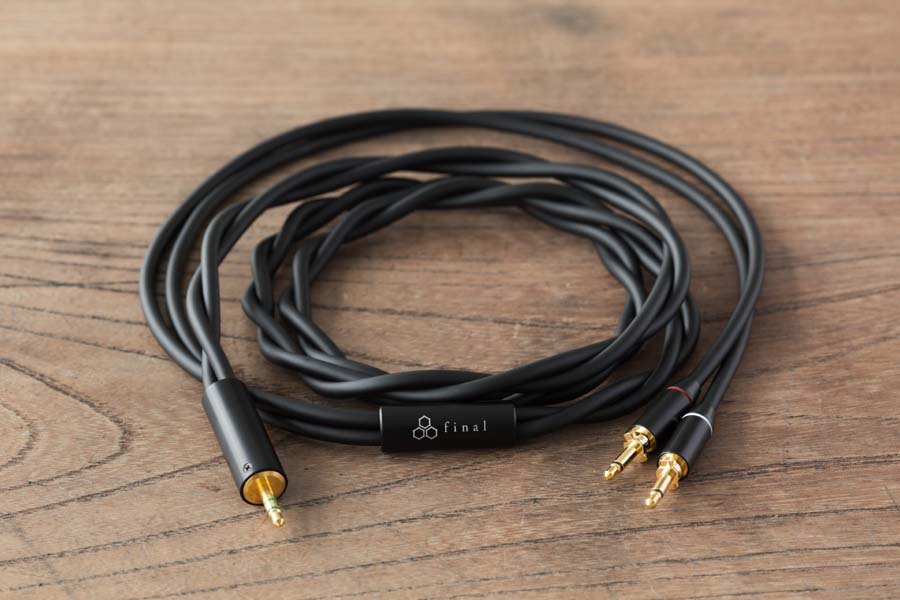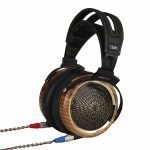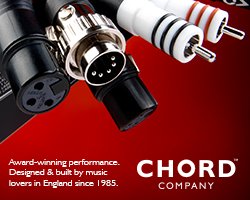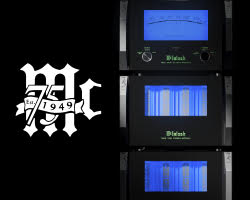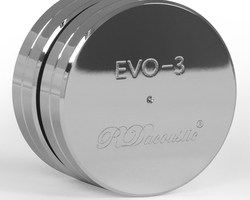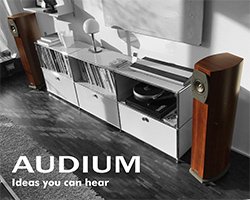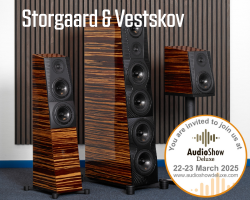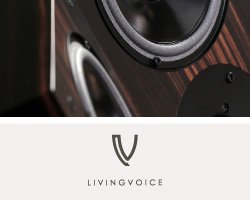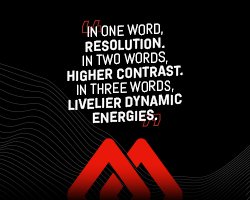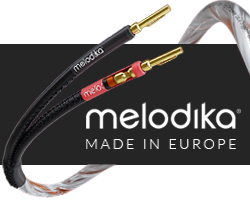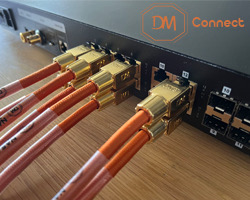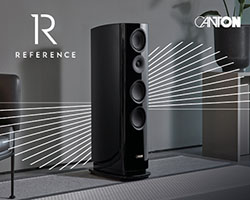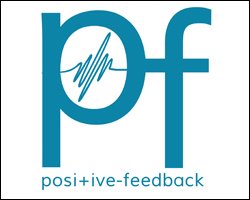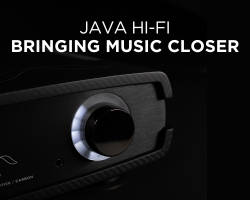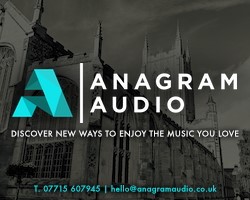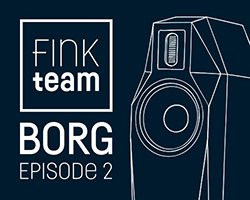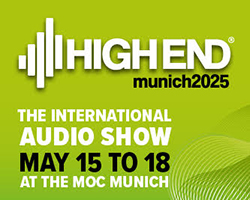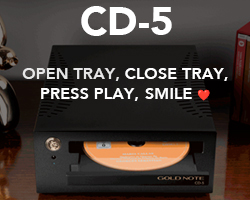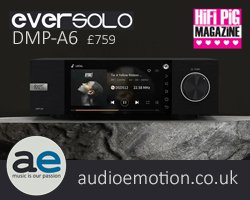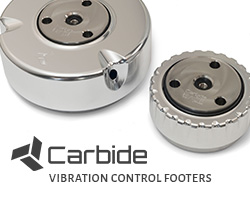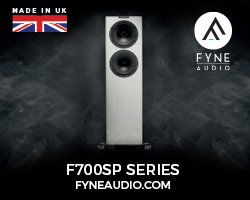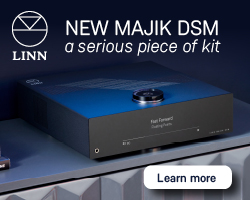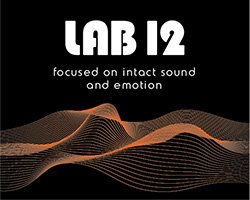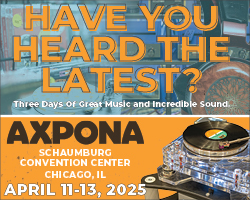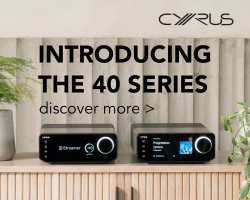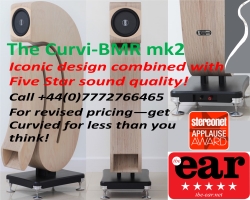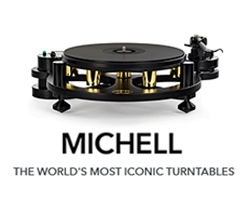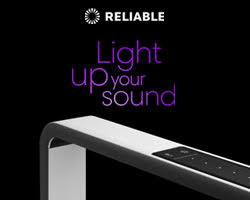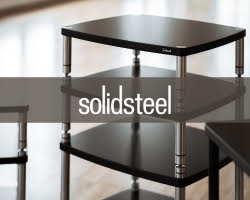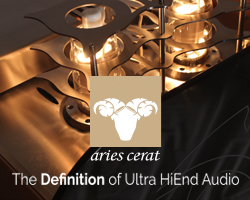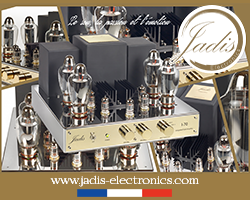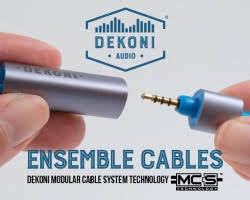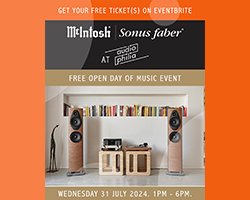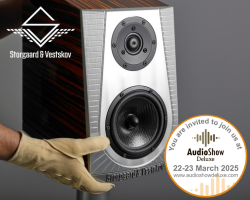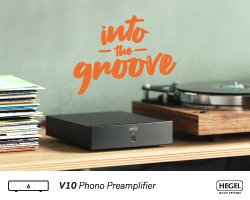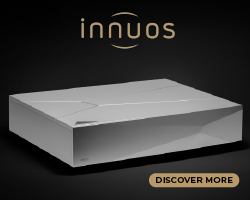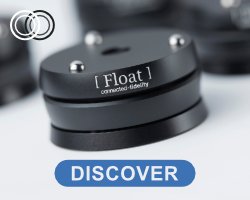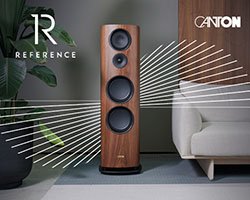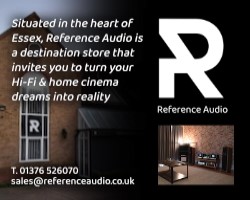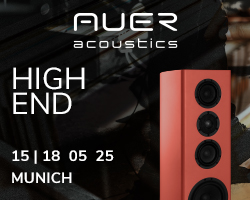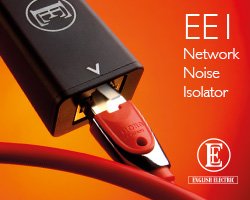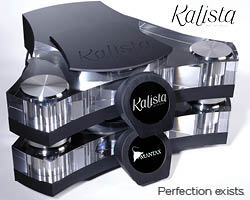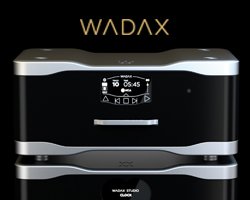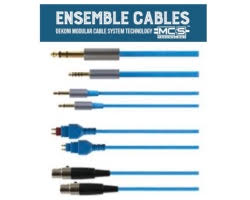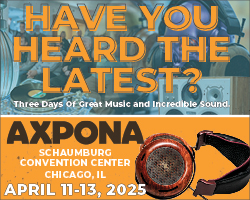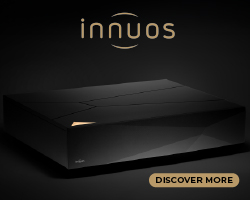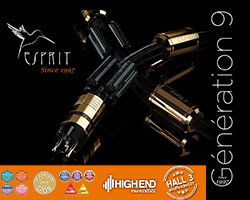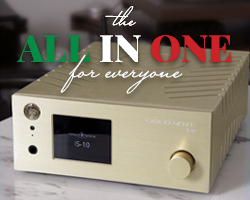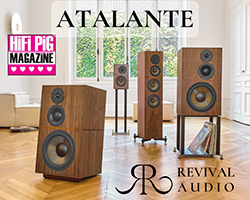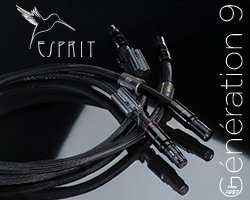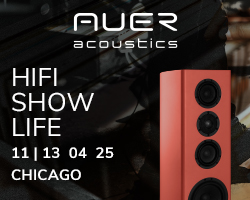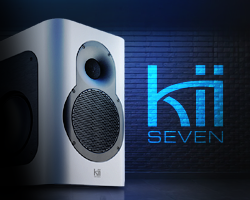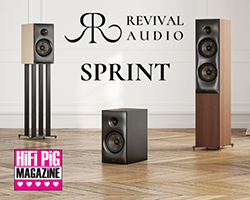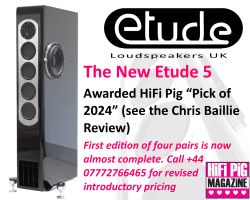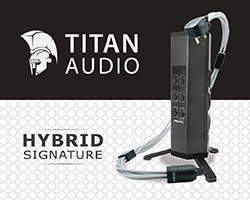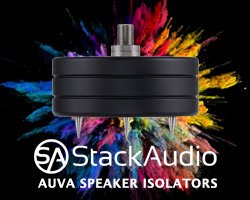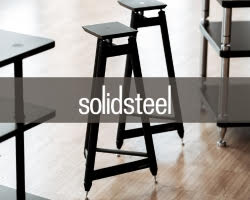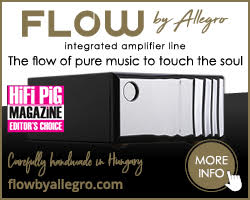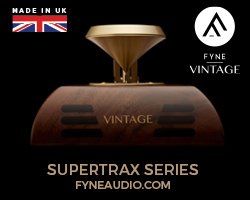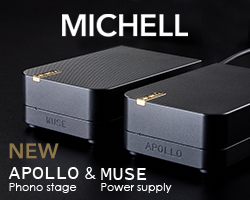FINAL AUDIO D8000 PRO HEADPHONE REVIEW
Janine Elliot takes a listen to the £3999 Final Audio D8000 Pro headphones, a headphone clearly aimed at the professional and seriously committed headphone user.
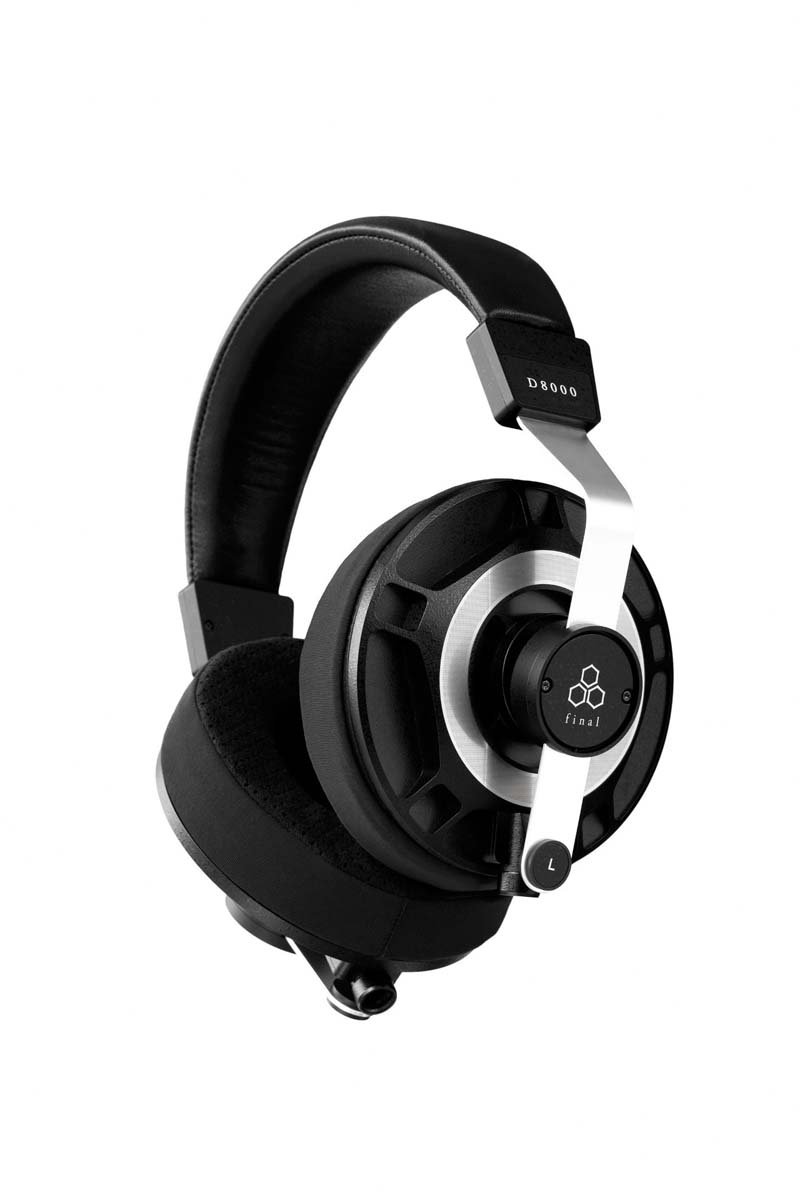
The Final D8000 Pro HEadphones look conventional but have a lot of clever tech in there.
When I was first introduced to Final many, many, years ago, I thought they were a French HiFi company. Well, somehow it just sounded French. How wrong I was, for Final come from Kawasaki, Japan. This company not only produces earphones and headphones but they also design and manufacture products for other manufacturers, too. The company was begun by the late Kanemori Takai in 1974 and their first major product was a cartridge designed by the late Yoshihisa Mori, with later products such as amps and speakers. For headphones the link goes forward to 2007. Final’s philosophy is to create a product that will be respected by the owner as they would a wristwatch, one that hopefully becomes an antique in the future. Their headphones certainly are distinctive, particularly the D8000 Pro up here for review, available in black or silver. They value their products so much that they offer excellent facilities for repair and regulation. The brand’s concept is simple; “the comprehensive pursuit of things that are fundamentally right”. Cool.
THE TECHNOLOGY
The D8000 Pro is Final’s top open-back planar headphone, and the second of their D-series planar line, and comes in just shy of £4000, so I should expect some really amazing sound. Like the cheaper (£2999) D8000, their planar magnetic driver comes with AFDS, “Air Film Damping System”. With this development they can achieve all the sensitivity and detail from conventional planar designs but with the volume and open bass dynamism of conventional dynamic drivers. The air film between the perforated metal and the 50mm diaphragm itself dampens movement, due to the resistance of the air film. This reduces distortion and flattens the frequency curve and extends the bass end. Whereas with conventional planar designs the diaphragm can come into contact with the magnet if pushed too hard, with D8000 Pro Edition, that problem has been solved through AFDS. As such, there is no need for an adhesive to be used between coil and diaphragm, which can have a negative effect on the sound. The main difference between the D8000 and the Pro is the extra tuning to make it a premier product, aimed at the audio professional, including an improved AFDS. This gives a greater output level with minimal distortion when pushed, and more compression than the basic model. Listening at higher levels is now possible. Indeed, the Pro version is designed for professional engineers who need to listen at higher levels.
The earpads are made of breathable material and are very comfortable. In conventional planar designs in order to get that deep bass the earpads need to be air-tight, but in the case of the D8000 series the diaphragm itself can go deeper than normal largely due to AFDS, so this means the earpads don’t need to fit so tightly, and hence are more comfortable. Also, compared with a dynamic driver the planar design is 1/3rd the weight. A super-thin aluminum coil has been etched on the extremely lightweight film diaphragm.
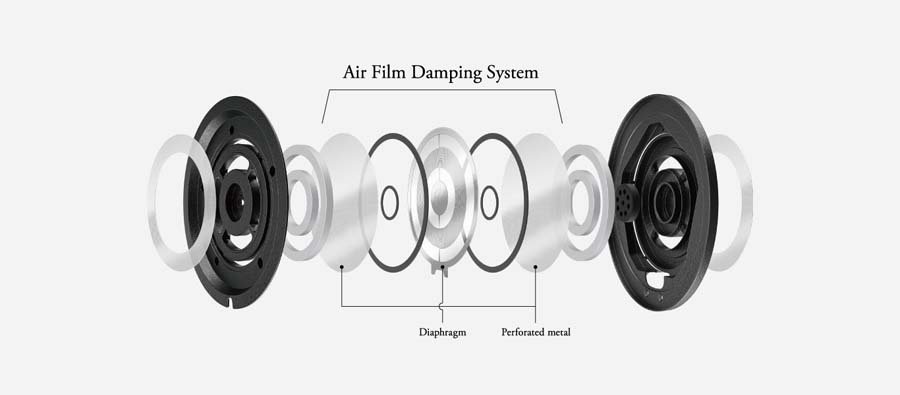
How the Diaphragm in the D8000 is put together.
BUILD AND COMFORT
Whereas the D8000 is really designed for use with classical music and music with a wide dynamic range, the extra clarity at the top frequencies makes the Pro version suitable for all types of music, particularly that with a narrower dynamic range.
Construction is also very important to Final. They want it to be easily repaired or updated so make it so it is easily reassembled. The D8000 Pro is extremely good-looking, available in black or silver (as mentioned), with machined aluminum magnesium alloy housing that has been machined with great precision. Also, to reduce minute vibrations that might take place the company applies an almost leathery coating finish as is used on high-quality cameras. The overall weight minus cables is 523g, making them fairly heavy, though when worn they feel very secure against your head and feel comfortable without the earcups being too tight. The headband has the ability to rotate allowing you to get good positioning for ears and head. This I found very useful. The headphones come complete with two sets of cabling; a basic 1.5m cable terminated in a 3.5mm plug, and the more expensive silver-coloured 3m OFC silver-coated cable terminated in a 1/4inch jack. This is an expensive cable, also available from Final on its own and at a price. I just wished it came with a balanced 4.4mm plug so I could really put it through its paces. Connections at the headphone end are clever 3.5mm jacks with a locking feature so they don’t fall off if you accidently pull on them. Overall build quality is superb, and they come supplied with a grey hard-shell carrying case. Unfortunately, you have to disassemble the cables when you put the D8000 away; I wish it could be put away attached to cables, but I’m lazy!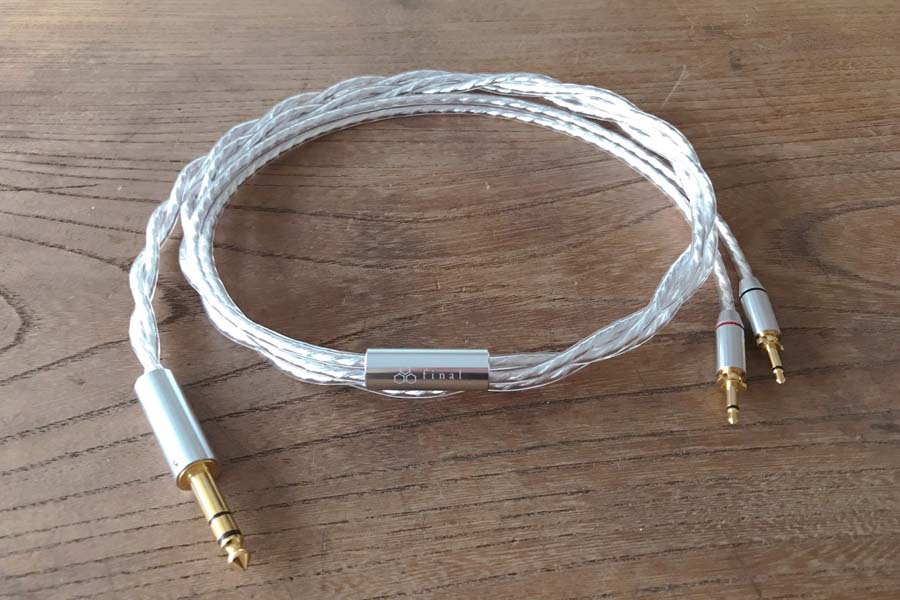
SOUND QUALITY
For the review I used a series of headphone amps that I know very well plus the excellent headphone stage of the Synthesis Roma 117DC preamplifier which utilizes ECC88 valves. With all the amplifiers I used it with it was clear that the D8000 has an excellent bass end. The bass is not only extended but also tight and fast, as one would expect from planar technology. The frequency band was fairly flat across the range up to 20k, and staging and imaging were also very good, too. Whilst the top end is clear and tight, I found it to sometimes be hidden by the prominent bass end. Overall, the sound was relaxed and easy to listen to. Bruckner’s 7th symphony (Hague Philharmonic Orchestra) had a slight lift at around 1 ½kHz, which slightly spoilt the music. However, Beethoven’s ‘Wellington’s Victory’ from op91 Battle Symphony (LSO) showed just how much power the headphones could muster, with forward trumpets and excellent pizzicato bass. Interestingly the clarity from these cans could enable me to hear a very slight buzz (F#) in the original recording that I hadn’t been able to hear before. The main tune (“God Save Our Queen”) had excellent double bass and clear top-end triangle, showing all frequencies were catered for.
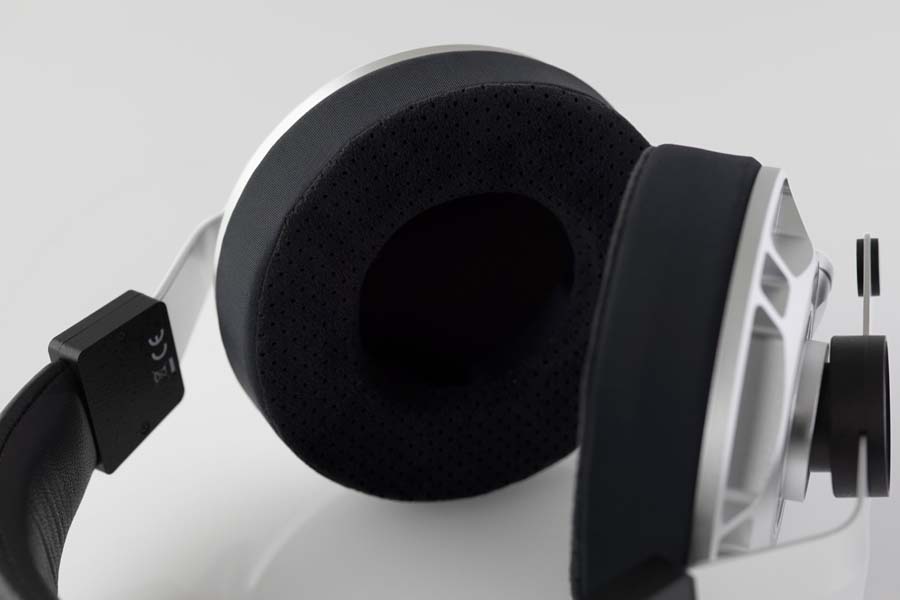
The D8000 Pro headphones were comfortable over long periods of listening.
Appropriately I turned to Tchaikovsky’s ‘1812 Overture’ to really test the elements with the live cannon shots in this Cincinnati Symphony Orchestra (Telarc) recording. The music’s firepower recaptures the more than 1,000 cannons the French army used during the 1812 invasion of Moscow at the Battle of Borodino. Where some planar diaphragms might come into contact with the magnets if pushed too hard, the D8000 Pro gave no hint of noise nor distortion. This is all well-designed technology. Testing both power and hitting below 18Hz the Pro gave an excellent reproduction of the battle. My only observation was a slight loss in the top frequencies compared with my stock HD650/W1000 cans. Interestingly, when I did the review and then trying out my stock cans I immediately wondered where all the bass had gone, but going back to the Final headphones I felt the same about the detail at the very tops.
‘Binaural Baroque’ and “Vivaldi’s Guitar Concerto” (Chasing the Dragon) was very clean and gave an excellent wide soundstage, with more of the top end I was used to. As there is less extreme bass-end that top-end was allowed to breathe more. Overall, classical music gave an excellent account of itself on the Pro, so I wonder how better the cheaper D8000s would have been.
Playing some John Barry, famous for “Born Free”, “From Russia with Love”, “The Ipcress File” and much, much more, the Brass and strings that make his music so wonderful were beautifully catered by the D8000 Pro. The brass had bite and the strings were smooth and infectious. If anything, that bass and mid was slightly too forward and overpowered the top end.
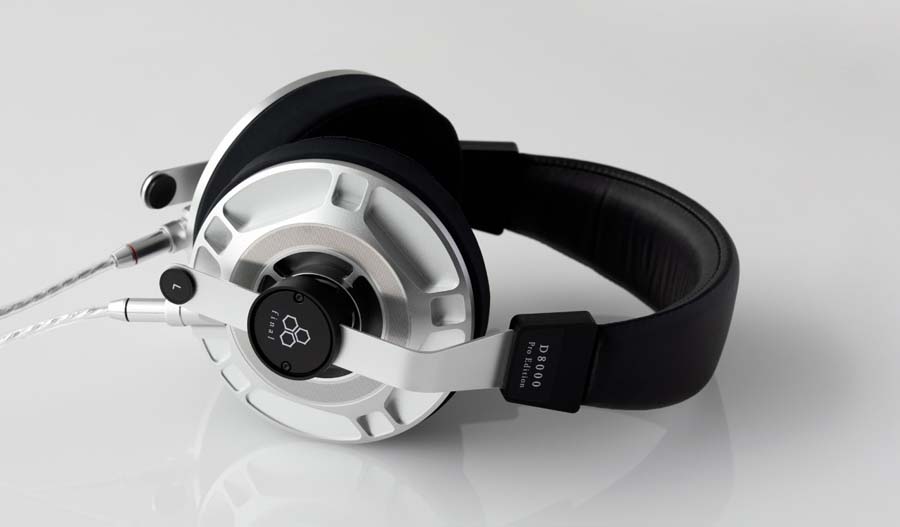
Another view of the D8000 Pro headphones.
Doves “Carousels” from ‘The Universal Want’ had excellent handling of the bass and top end was still excellent. Sometimes I found the music slightly compressed, as I did in ‘Batteries Not Included’ from After the Fire. This album has lots of compression which the D8000 Pro couldn’t hide. Indeed, these headphones seemed to add to it very slightly. However, Angelique Kidjo and Trilok Gurtu “African Fantasy” was very open with deep female vocals and excellently recorded electronic instrumentation and acoustic guitar. This was like listening to the artists in the studio. That bass end is magnificent; the bass guitar start of Brian Ferry’s Frantic album was powerful and fast and probably the best I have heard on headphones. I love the sombre track “Nobody Loves me”, not because I feel sorry for Brian but because of the clear piano I could hear and powerful bass and vocals. This is a professional’s headphone and not at an unreasonable price. Having said that, some of the percussion detail was lost amongst the bass. So, be careful which headphone amp you use with it. The Synthesis Roma 117DC gave the most forgiving sound. At 60 ohms and being inefficient I needed to pull up the level of my Astell and Kern DAP to get a good sound, but it did work surprisingly well. David Matthews Band ‘Stand Up’ and “American Baby” was much clearer and with a flatter frequency response. Guitar and organ were particularly well presented. Similarly, on ‘Sultans of Swing – The Very Best of Dire Straits’ released in 1998, the guitars and vocals were fast and clear, and like much of the listening, the sound was relaxing with excellent staging and imaging. These magical headphones are for long listening periods, you won’t find them tiring though the 523g weight might affect that duration.
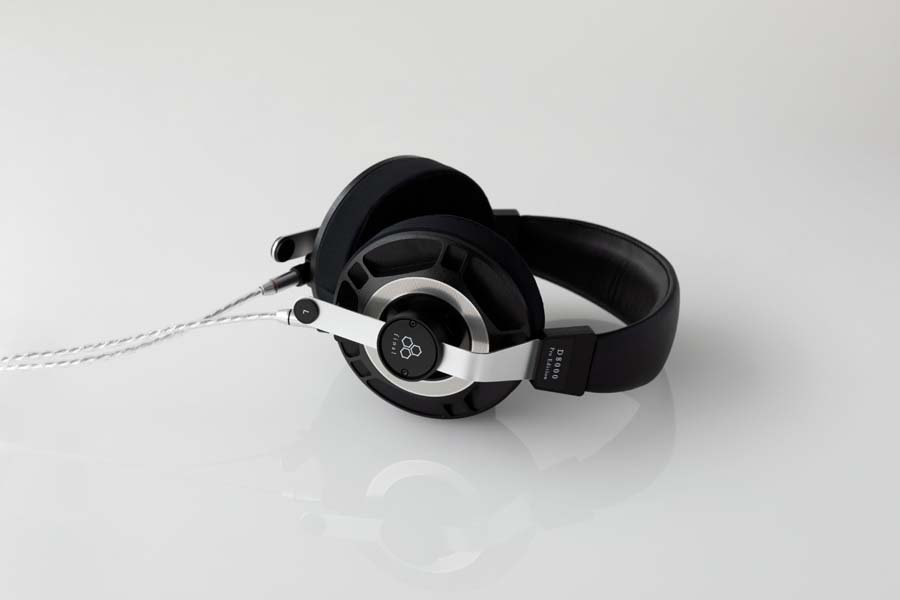
Available in black and a silver finish.
CONCLUSION
These headphones are a bit like marmite; This is not a dry analytical player that many a professional might expect. This is a weighty and highly musical player with a warm sound in the bass, and consequently, some might find the extra bass a little too much. Having said that I really feel they warrant the “Pro” label.
As a professional monitoring headphone these are exceptionally involving and honest. You are listening to a very special product with a musicality that works on all types of music. The Final website emphasises the build quality, and indeed it is good, a rather traditional retro-looking design that is very comfortable on the head.
If you have £3999 to spend on a professional headphone then this would be a great choice, though be careful matching with a fast, extended frequency amplifier.
AT A GLANCE
Build Quality:
Very good build quality including cables and hard case.
Comfort:
Very comfortable over long periods.
Sound Quality:
Excellent extended bass with a sensitivity that makes them work well with whatever music you fire at them. Good frequency response, but not overtly bright.
Value For Money:
For £3999 you get an immaculate build and soundstage. These are at the top end of headphone design
We Loved:
Bass extension
Musicality on all types of music
Tight soundstage
Build quality
We didn’t Love So Much:
Some might find the sound too smooth and relaxed
Price: £3999
Elevator Pitch Review: This was to be a review that even surprised me. Bass inefficiency was lost and at long last I could hear ultimate bass and top end with equal ferocity. These are excellently made with a relaxed and forward sound that make them ideal for long periods of listening. Don’t let £3999 fool you, as these are exceptionally good for the money.

Janine Elliot
Review Equipment: Synthesis Roma 117DC, Brocksieper Earmax-PRO, Slee Solo Ultra, home designed 2W ECC83 amp (headphone amps); Astel and Kern SE180, Fiio X7 (DAP); Krell KPS20i (CD); Pre Audio/AudioTechnica/Manley Steelhead (phono)
















































